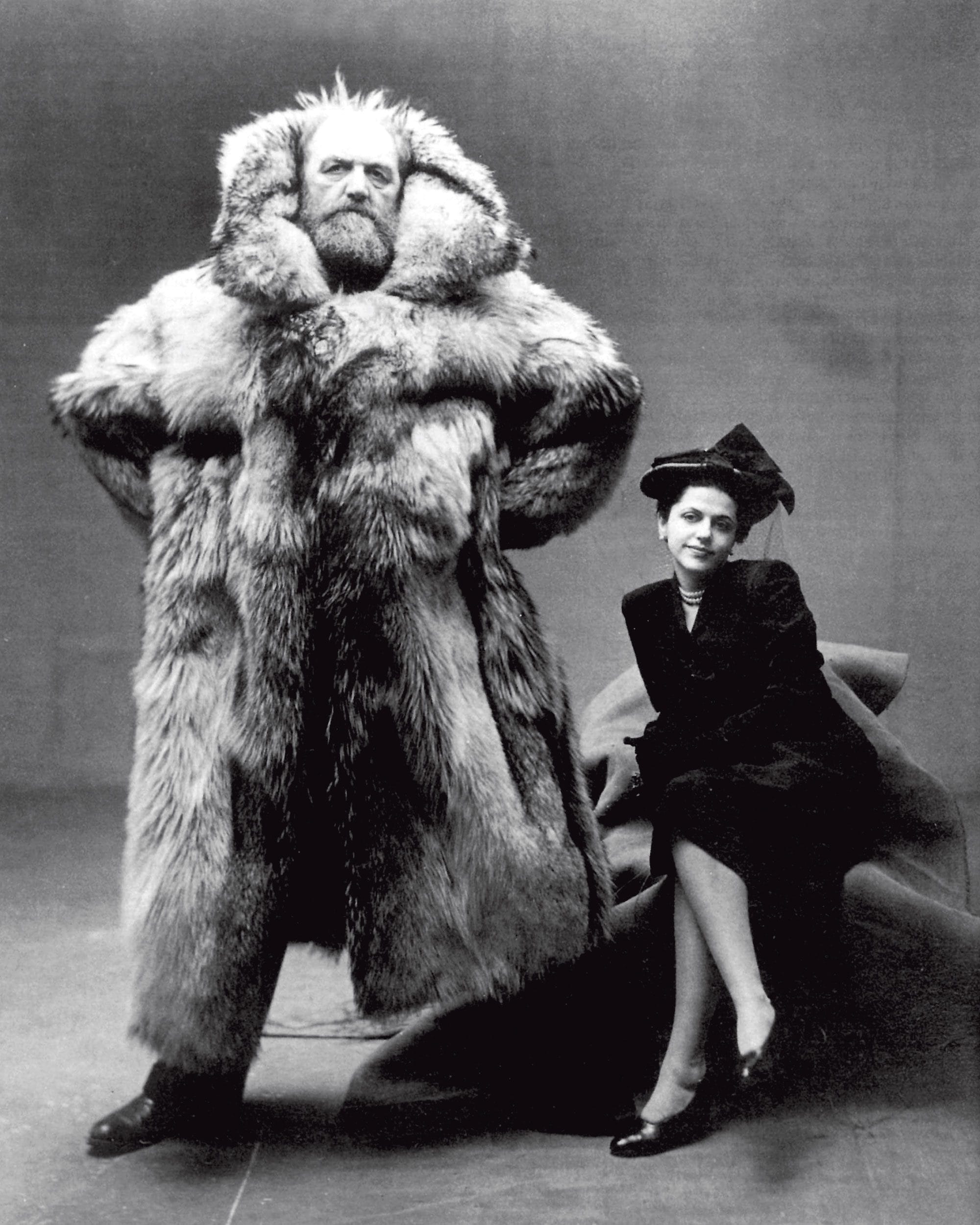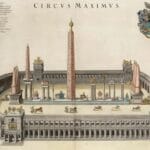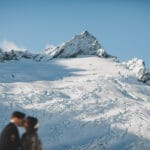Buckle up for an adventure with Peter Freuchen, an Arctic explorer who lived life on the edge. From icy journeys to living with the Inuit, his story is a wild ride that’ll show you how far the human spirit can stretch. Get ready to explore uncharted territories and see how people can thrive in the toughest conditions.
Unveiling the Discoveries of Peter Freuchen: Your Guide to Outperforming the Competition
Peter Freuchen wasn’t your average guy. Born in Denmark in 1886, he could have lived a comfortable life, maybe even become a doctor like his dad wanted. But Peter? He had a wild heart, a yearning for adventure that wouldn’t be tamed. So, instead of studying medicine, he set his sights on the most unforgiving place he could imagine: the Arctic.
His first journey to Greenland in 1906 was just a taste. It was the Thule Expeditions, starting in 1910, that really made him a legend. For fourteen years, Peter, along with his explorer buddy Knud Rasmussen, braved the frozen wilderness. They mapped unknown lands, lived with the Inuit people, and made discoveries that changed how we saw the Arctic.
But Peter’s connection to the Inuit went deeper than just exploration. He fell in love with and married Navarana Mequpaluk, an Inuit woman. This wasn’t just a romantic tale; it was a doorway for Peter to truly understand the Inuit way of life, their traditions, and the challenges they faced. He became a fierce defender of their rights, always speaking up for them.
Now, life in the Arctic wasn’t all sunshine and rainbows, even for a tough guy like Peter. Once, he got caught in a killer blizzard. With no shelter in sight, he did something only Peter Freuchen would do: he took shelter inside the frozen carcass of a walrus! Talk about resourceful! And if that wasn’t enough, there was the time he got frostbite so bad he had to amputate his own toes to avoid infection. This guy was the definition of resilient.
But Peter’s adventures weren’t limited to the Arctic. When World War II rolled around, he stood up to the Nazis, even though it landed him in a Gestapo prison. Sentenced to death? No problem for Peter. He pulled off a daring escape and fled to Sweden. Eventually, he made his way to the United States, where his stories made him a celebrity. People couldn’t get enough of his tales from the top of the world.
Peter wasn’t just a storyteller; he was a writer. His autobiography, “Vagrant Viking,” is a wild ride you won’t want to put down. And if you’re looking for more, check out “Arctic Adventure” and “Peter Freuchen’s Book of the Eskimos.” These books aren’t just about frozen landscapes; they offer glimpses into Inuit culture, the challenges they faced, and the urgent need to protect our planet.
Looking back, Peter’s relationship with colonialism is complex. He was, after all, an explorer, a product of his time. He marveled at the Arctic’s beauty, but he also saw the impact of colonialism on indigenous people. His writings, in a way, were ahead of their time, sounding the alarm on climate change and highlighting the importance of protecting our environment. Peter Freuchen was a man of contradictions, a blend of adventurer, advocate, and author. His life was a testament to the power of human resilience and the importance of understanding and respecting different cultures.
What Did Peter Freuchen Discover?
Peter Freuchen wasn’t just some armchair explorer; this guy was the real deal, dedicating years of his life to unraveling the mysteries of the Arctic. His adventures weren’t just about planting flags on icy tundras, they were about pushing the boundaries of human knowledge and understanding.
One of the most significant contributions Freuchen made was in the realm of Arctic mapping. Back then, huge chunks of Greenland were completely uncharted territory. Imagine a world without Google Maps, and that was basically the situation for vast swathes of the Arctic. Between 1912 and 1933, Freuchen teamed up with fellow explorer Knud Rasmussen on a series of expeditions that would become legendary, the Thule Expeditions. These weren’t your average camping trips; we’re talking about journeys that spanned over 25,000 kilometers, braving treacherous conditions to map these unknown landscapes.
Their efforts weren’t just about satisfying curiosity either. These expeditions yielded crucial information about the region’s geography. In fact, Freuchen and his team made a groundbreaking discovery – they proved that Greenland, contrary to popular belief at the time, wasn’t split into two separate islands. Talk about setting the record straight! They also ventured deep into the northern reaches of Greenland, exploring areas like Independence Fjord and Peary Land, places few outsiders had ever laid eyes on.
But Freuchen was much more than just a mapmaker. What truly set him apart was his deep respect for and connection with the Inuit people. He didn’t just study them from afar; he lived among them, learning their language, embracing their customs, and gaining a profound understanding of their way of life.
Freuchen’s experiences living with the Inuit had a profound impact on him. He became a staunch advocate for their rights and a vocal critic of the colonial attitudes that were prevalent at the time. He believed in giving a voice to the voiceless, and through his writings, he shared the Inuit perspective with the world. His books, including “Vagrant Viking” and “Arctic Adventure,” weren’t just thrilling adventure tales; they were poignant accounts of a culture battling for survival in the face of a rapidly changing world.
His scientific contributions were equally noteworthy. Think about it: every carefully drawn line on his maps, every meticulous observation of Arctic wildlife, from the majestic polar bears to the lumbering walruses, added to the growing body of knowledge about this remote and often unforgiving region. He wasn’t just an explorer; he was a scientist, an anthropologist, a chronicler of a way of life that was rapidly disappearing.
But Freuchen’s story doesn’t end there. He was also a decorated war hero, actively resisting Nazi occupation during World War II. And just when you thought his life couldn’t get any more interesting, he pops up on the American game show “$64,000 Question,” charming audiences with his tales of Arctic adventure.
Peter Freuchen’s life was a testament to the power of human curiosity, courage, and compassion. He wasn’t just exploring physical landscapes; he was exploring the boundaries of human understanding. His legacy serves as a reminder that true exploration is about more than just conquering new frontiers; it’s about connecting with different cultures, challenging our own perceptions, and using our discoveries to make the world a more just and equitable place.
Unveiling the First Thule Expedition: Your Guide to Outperforming the Competition
The First Thule Expedition, what a journey it was! Picture this: 1912, two intrepid explorers, Peter Freuchen and Knud Rasmussen, setting off not on a luxury cruise, but on a grueling 620-mile trek across the massive Greenland ice cap. Their mission? To determine if American explorer Robert Peary was correct in his assertion that a channel separated Peary Land from Greenland. This wasn’t just about proving or disproving Peary, though. This was about pushing the boundaries of exploration and scientific knowledge in one of the harshest environments on Earth.
Now, imagine facing not only bone-chilling cold but also a landscape riddled with treacherous ice formations. Supplies were scarce, making every decision crucial. Freuchen and Rasmussen, accompanied by a skilled team of Inuit guides, Inukitsork and Uvdloriark, relied on traditional knowledge and sheer grit to survive. We’re talking about navigating deep crevasses that could swallow them whole, scaling icy cliffs that seemed impossible to climb, and even using their own frozen feces as makeshift tools to escape a snowdrift – talk about desperate measures!
Despite these harrowing experiences, the team pushed forward. They emerged from their journey not only alive but armed with a treasure trove of new knowledge about the Arctic. Their biggest discovery? Proving that Peary Land wasn’t an island after all, as Peary had thought, but an integral part of Greenland. This was a major scientific breakthrough, changing maps and our understanding of the region.
The First Thule Expedition wasn’t just about geographical discoveries. Freuchen and Rasmussen, deeply respectful of the Inuit people, meticulously documented their traditions, language, and incredible survival strategies. This work challenged the prevailing colonial perspectives of the Arctic, highlighting the ingenuity and resilience of its Indigenous inhabitants.
In the annals of exploration, the First Thule Expedition stands as a monument to human endurance, insatiable scientific curiosity, and the power of cross-cultural collaboration. It didn’t just expand our knowledge of the Arctic; it forged a deep and lasting bond between Freuchen and the Inuit people, a testament to the human spirit’s ability to connect and learn even in the most extreme circumstances.
Did you know that Peter Skully was a man behind many disturbing videos and images of child exploitation? To know more about him, check out this article about Peter Skully.
Do you know who was the last girlfriend of Jim Morrison? Pamela Susan Courson was the common-law wife of Jim Morrison, the lead singer of the Doors.
















